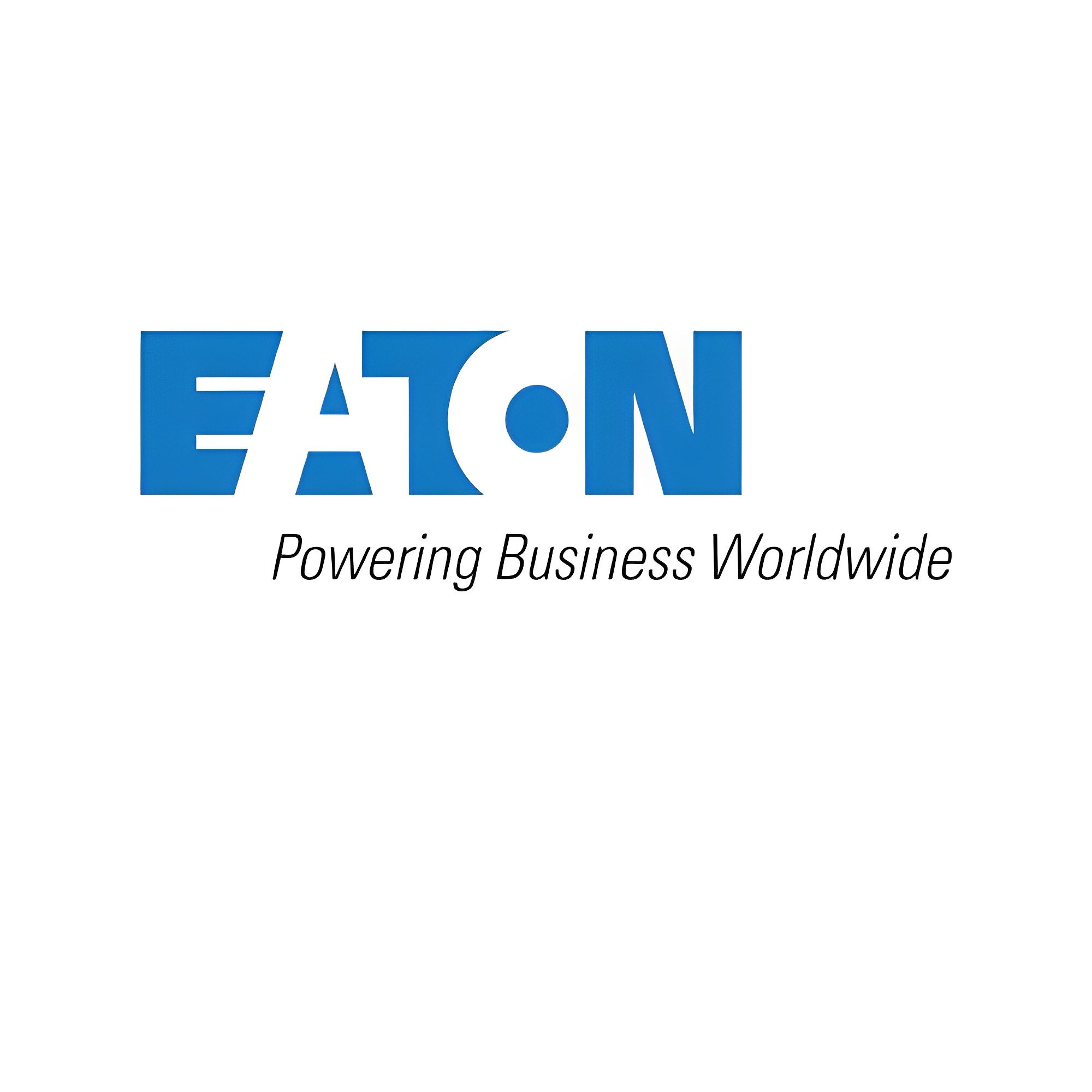Sales volume surged by nearly twofold in the past year despite overall lowering demand for laptops
Amidst the slowing down consumer demand for laptops in Malaysia  due to maturation of the market, one particular segment which has been continuing to record increasing sales in the past 12 months is the hybrid computing tablet. Compared to the previous year, consumers in the country bought 60,000 less of the traditional laptops; but hybrid computing tablets bucked the overall declining trend of the market by doubling in demand.
due to maturation of the market, one particular segment which has been continuing to record increasing sales in the past 12 months is the hybrid computing tablet. Compared to the previous year, consumers in the country bought 60,000 less of the traditional laptops; but hybrid computing tablets bucked the overall declining trend of the market by doubling in demand.
GfK retail audit data from March 2014 to February 2015 reported sales volume of laptops in Malaysia reaching over 925,000 units, of which hybrid computing tablets accounted for around eight percent in the latest tracked month of February 2015—up from its previous share of only four percent in the same month last year. This growing segment contributed USD22.5 million from March 2014 to February 2015 and accounted for nearly five percent of Malaysia’s USD896 million laptop market.
“Even though the overall laptop market is slowing down in the country, hybrid computing tablets are still being sought after by consumers and growing in demand,” observed Selinna Chin, Managing Director for GfK in Malaysia. “This version of laptop with a detachable screen that turns into a tablet is riding on the popularity of media tablets and winning favor of those who like the sleek and compact form, yet packs the power, functionality and performance of a computer.”
GfK defines hybrid computing tablets as laptops with a flat/ touch screen and detachable keyboard which can be used as a notebook or slate tablet.
Half of all the respondents in a separate survey conducted at the end of last year among 400 Malaysian consumers said they do not own a media tablet. Nearly two of five of these respondents who did not already own media tablets stated that they were not interested in purchasing one as phablet sizes are nearly on par, but said they will instead consider buying hybrid computing tablets.
“Due to the similarities in their physical appearance, some consumers may see little difference and make direct comparisons between media tablets and hybrid computing tablets,” observed Chin. “This is apparent in the GfK consumer study since respondents who did not own a media tablet said they would rather choose a hybrid computing tablet with bigger screen size and better performance.”
Rising demand has been encouraging manufacturers to launch more models of hybrid computing tablets, bringing about a significant 38 percent surge in the number of models now available in the market —from 68 the year before to reach 94 last year. Average prices have also fallen by 40 percent to a more affordable USD 473—from USD 792 before—and making them more attractive than the traditional laptop (USD552) but slightly more costly than media tablets (USD293).
Meanwhile, sales momentum of media tablets have slowed significantly to achieve only marginal growth of less than two percent in the past 12 months when compared against the previous year. Generated sales revenue has correspondingly dipped by over 16 percent, shrinking the market value of this product to USD349 million in the March 2014 to February 2015 period.
“The overall market would likely have seen a surge in demand in the first quarter of the year due to consumer buying to avoid the additional Goods and Services Tax (GST) which was implemented in April,” said Chin. “However, with the eager buying largely done in the first quarter, the market is anticipated to slow down for a while, in the post-GST quarter before resuming to normal subsequently,” she concluded.







